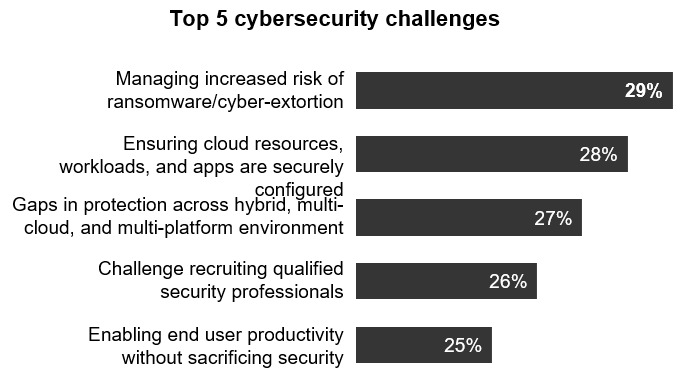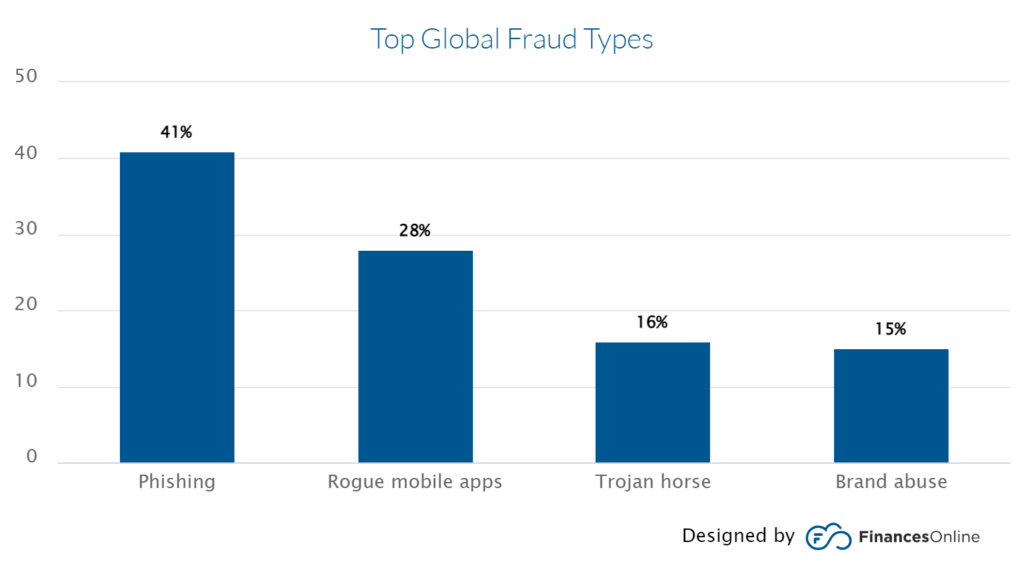A look back at the Top Security Issues of 2022: What we learned and how to avoid them in the future
2022 was a year of unprecedented events, and the security landscape was no exception. As the world grappled with the effects of the global pandemic on businesses and individuals, cybercriminals saw an opportunity to gain access to networks and data. In 2022, we looked back at some of the top security issues of 2020, from ransomware attacks to phishing scams, and the lessons from these events are invaluable. By understanding what these threats look like, we can better prepare for them in the future. Let’s look back at the most prominent security issues of 2022, what we learned from them, and how to avoid them in the future.
Overview of the top security issues of 2022
The top security issues of 2022 were direct results of the top security threats of 2020. The three most prominent security issues of 2022 were ransomware attacks, phishing scams, and data breaches. Ransomware attacks became a multi-billion dollar industry, resulting in a staggering number of data breaches. Phishing scams trick users into giving up critical information like usernames, passwords, and financial data.
The increase in insider threats caused many businesses to be hesitant to share data with other organizations. In a report for 2022, Gartner estimated that $172 billion would be spent this year, up from $155 billion in 2021. With this increased spending, the attacks continue at an exponential rate. According to Check Point, cyber attacks have risen 42% globally by mid-year. Therefore, as we look forward to 2023, we should take a few steps back and analyze the event. If we want to avoid these issues in the future, we must understand what they look like in 2022.

Ransomware Attacks continue to grow
Ransomware has been a threat for years, but hackers took it to the next level after the global pandemic. Ransomware attacks have become more sophisticated since then, locking down networks with new encryption methods and demanding larger and larger amounts of ransom money. According to different reports from different security vendors, the global volume of ransomware is increasing by 98%. Globally, healthcare, financial services, manufacturing and state and local governments continue to see a rise in the frequency of attacks. What has been monitored is that these ransomware attacks were not limited to computers only. They also targeted mobile devices and IoT appliances like smart fridges since many devices were not encrypted and were more susceptible to attacks. This is the reason why smart devices were reportedly more vulnerable to ransomware attacks than computers.
Ransomware attacks were a serious problem during this year, but they were not an unbreakable lock. Cybersecurity experts recommended several ways to prevent ransomware attacks, like regular software updates, data backups, network segmentation, and a strong “hygiene” culture within the organization.
Phishing Scams are going nowhere
Phishing scams were not new, but they were more prevalent in 2022 because of the increased use of social media. Social media made it easier for phishing scams to trick users into giving up credentials and financial data. Phishing scams use various social media and email platforms to trick users into providing information such as usernames, passwords, credit card and bank account numbers, and social security numbers. Phishing scams by using fake websites, emails and text messages managed to trick people into providing crucial information about their lives, which often resulted successful because they looked legitimate. Even organizations like the FBI, IRS, and websites tied to banks were targeted by phishing scams. But even though phishing scams have become very hard to detect their legitimacy, they are not unbreakable. Organizations could prevent phishing scams by educating employees on the warning signs and creating a policy to report phishing attempts.

Data Breaches increased more than ever
Data breaches are a natural consequence of the increased reliance on digital solutions. A data breach occurs when someone gains unauthorized access to sensitive data. During this year, data breaches were reported in every sector, from healthcare to manufacturing. Unfortunately, some organizations became paranoid and were hesitant to share data with other partners because of these threats. However, no matter how big of a severe issue is, organizations could prevent them by investing in strong cybersecurity strategies and partnering with a cybersecurity provider. Data breaches on particular occasions are inevitable if we analyze the human behaviour -factor, but organizations could mitigate the damage by implementing strong cybersecurity strategies and a robust incident response plan.
What did we learn from these security issues?
We can understand from these security issues throughout 2022 that all these attacks resulted from a combination of factors. From the global pandemic and the rise of remote work to the increased use of social media, the advancement in technology has made ground for new cybercriminal approaches to emerging on the scene.
Fortunately, the top security issues of 2022 can be avoided if businesses and individuals work together to prevent them. To avoid different attacks, companies must have a robust cybersecurity strategy and ensure all devices are properly managed. Concepts like zero-trust policies are making a turn for the better in the cyber world. Malicious activities can be easily bypassed by having a mindset of zero trust in anyone, implementing good cyber hygiene policies, and having a proactive approach towards every issue.

What to expect in 2023?
As the world moves into 2023, data security will become increasingly important. Companies are beginning to recognize that their data is located in many different places, but they need the proper security measures to protect, encrypt, and manage it. This can be a great source of concern for CIOs and members of the board of directors. As the year goes on, some companies may acknowledge their shortcomings and take the needed steps to determine where their data is located, how to keep it safe, who has access to it, and how to keep track of it.
Regarding application security, the CI/CD pipeline and application development safety are considered major areas of concern in 2023. Traditionally, developers were thought to be responsible for security, which has led to various organizational issues. In many situations, controls or security audits could be more consistent, and identity lifecycle management almost inexistent.
And last but not least, user awareness is still thought to be a big issue even in 2023, as we are witnessing that user behaviour continues to lead to different malicious attacks. The theft of credentials to leverage access continues to be the number one threat to organizations. The effects can be reduced only by investing in staff awareness and conducting intensive training awareness sessions.
So, a valid recommendation is to look at the past and learn from our mistakes. This way, we can enter 2023 with a better-layered defence strategy and improve our security overall.


